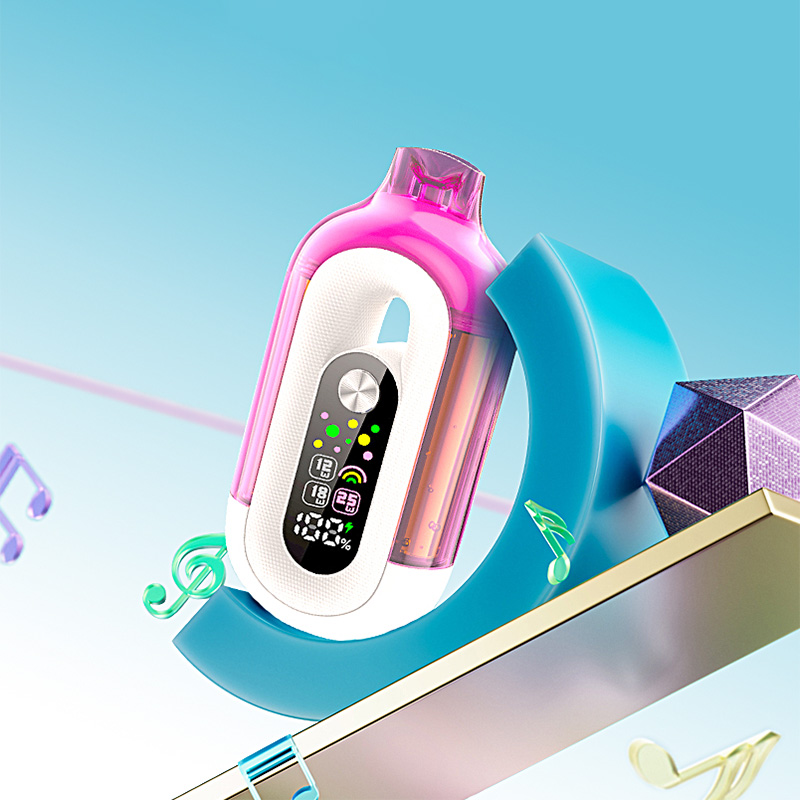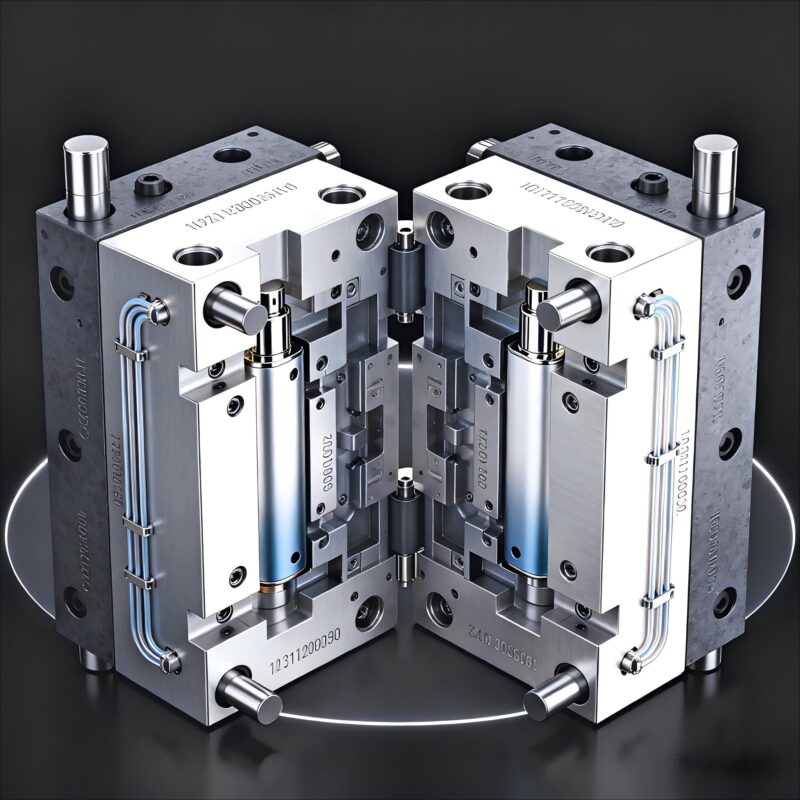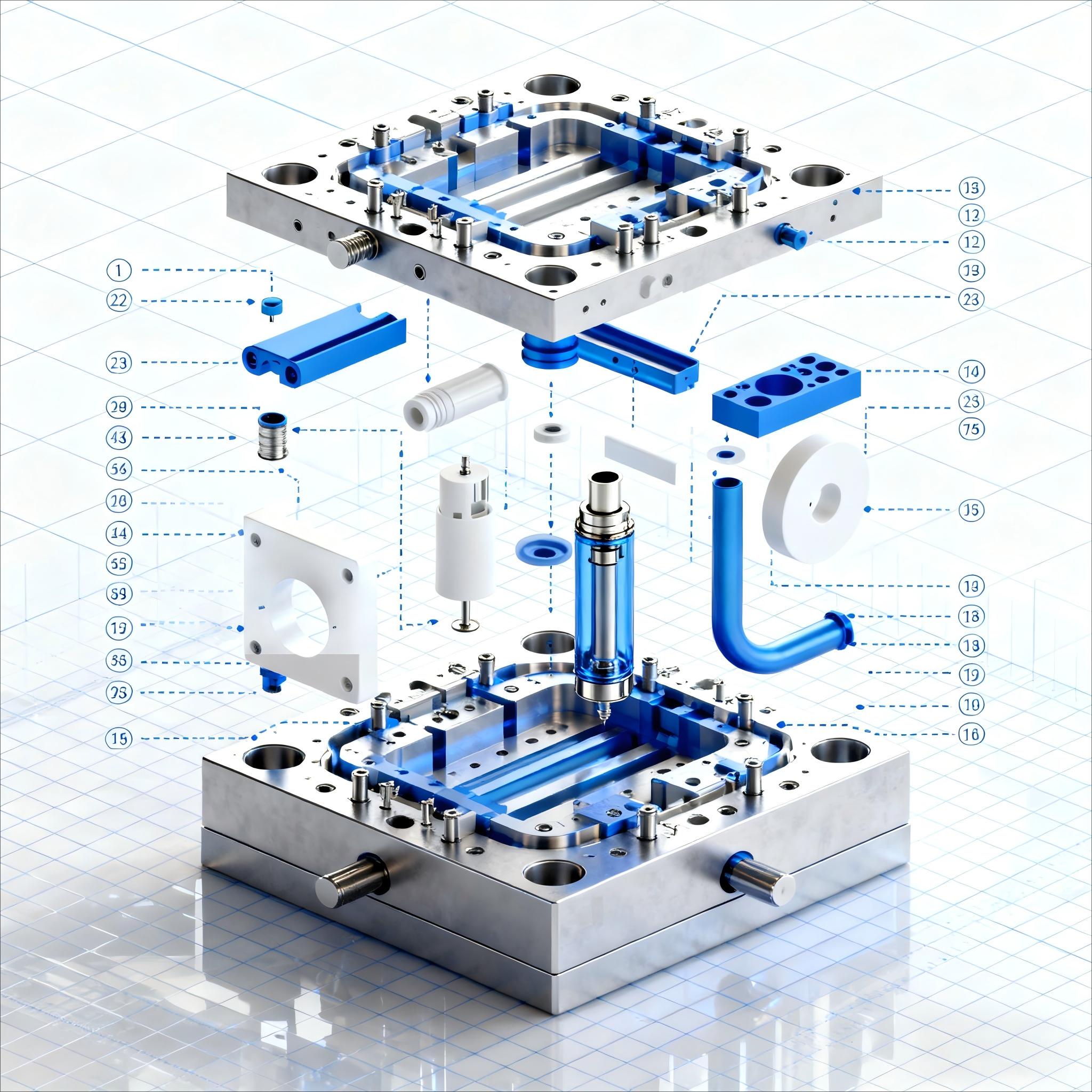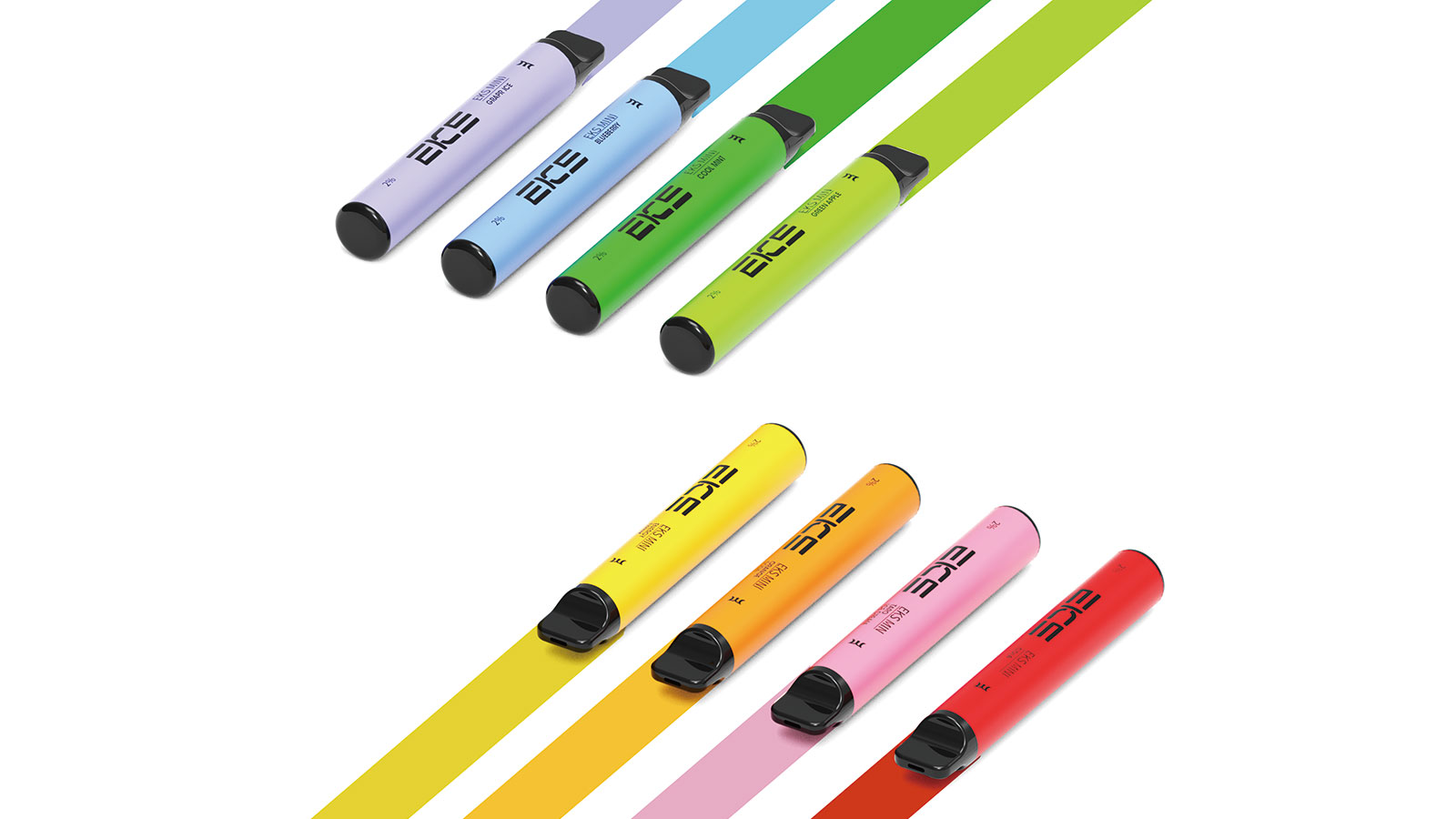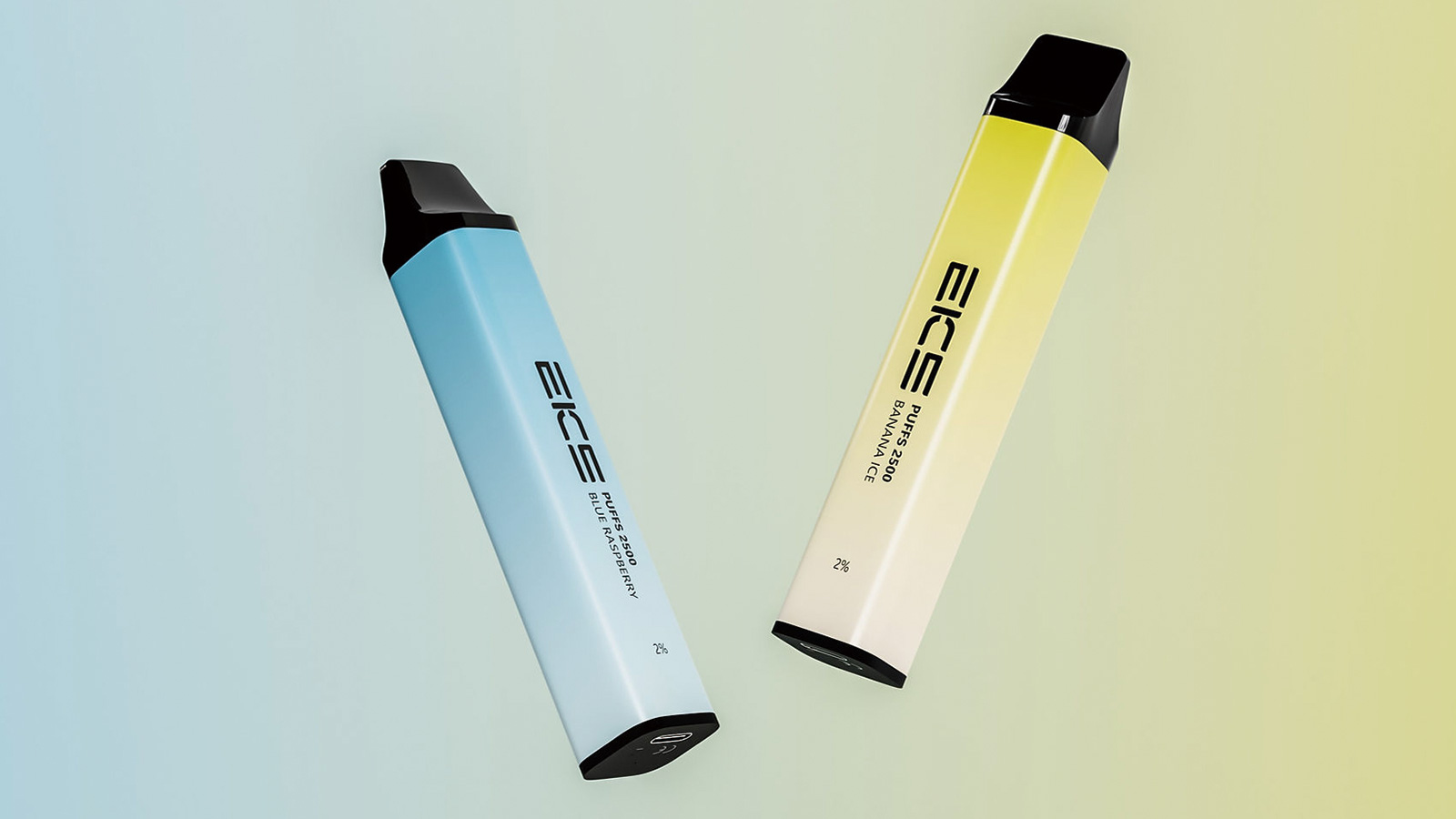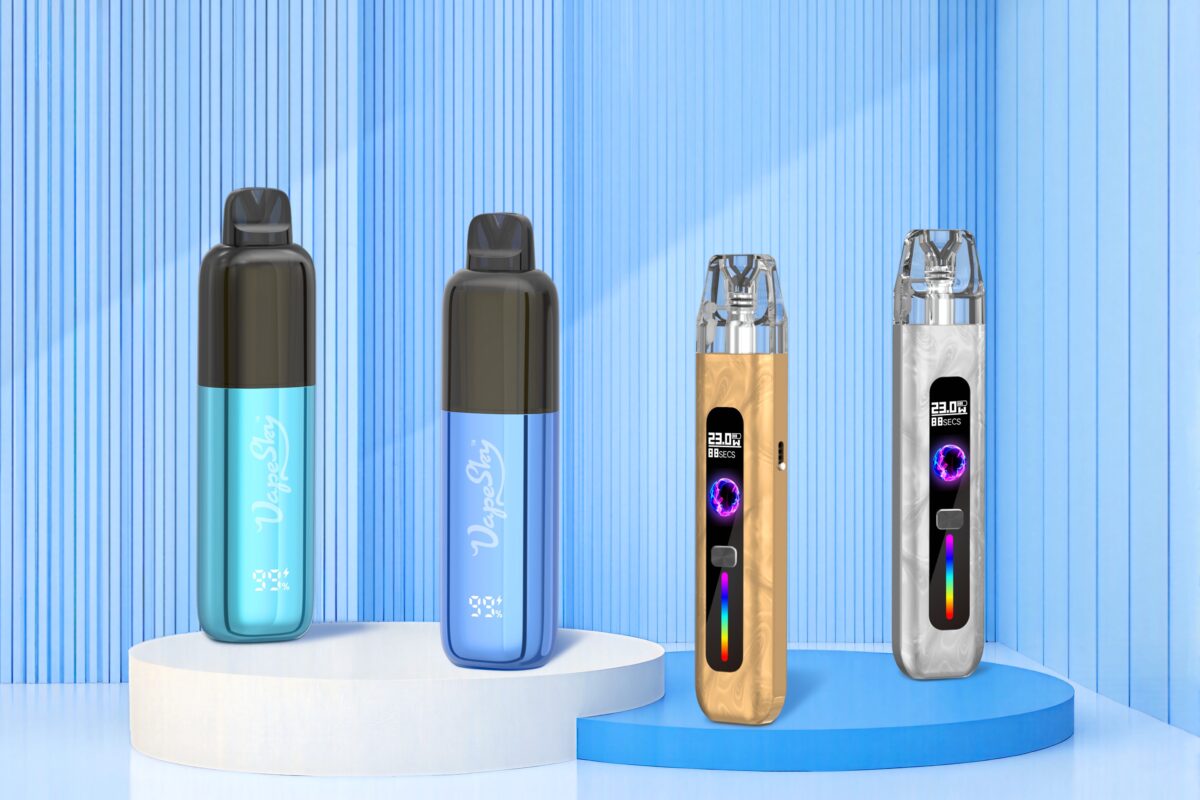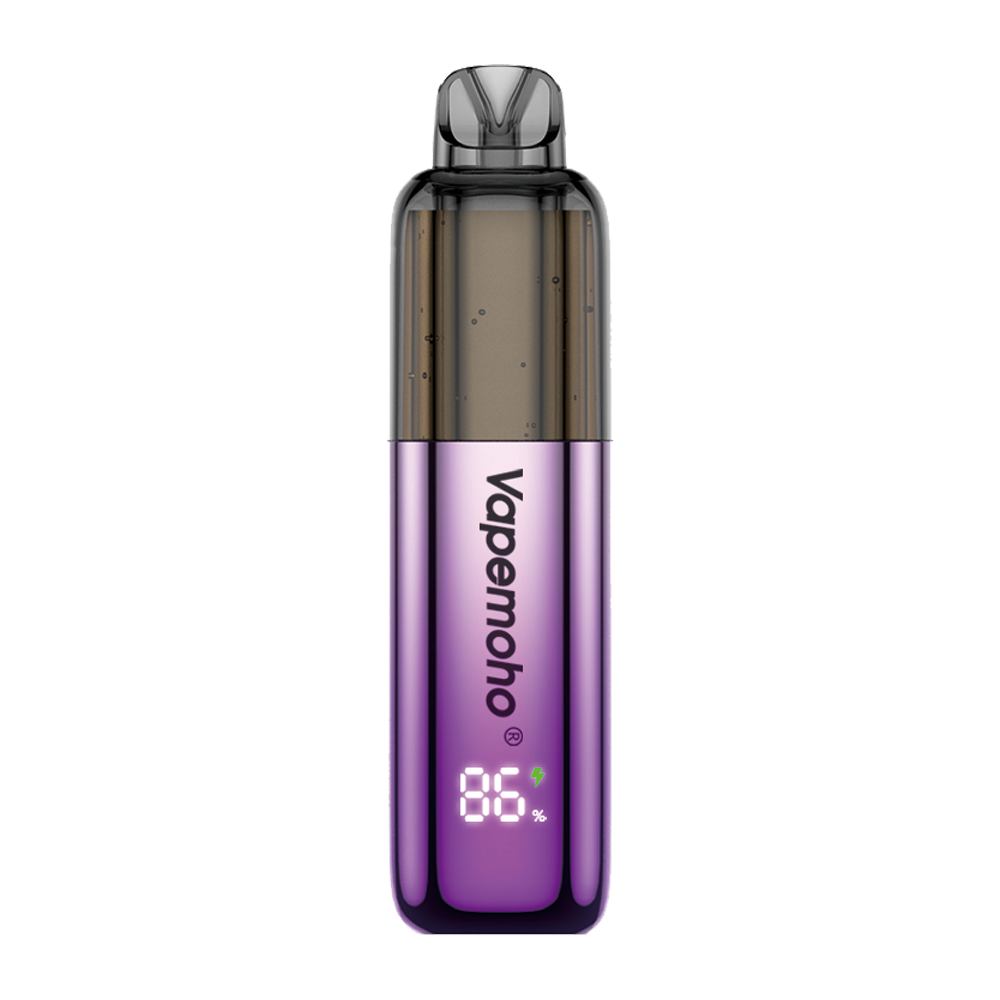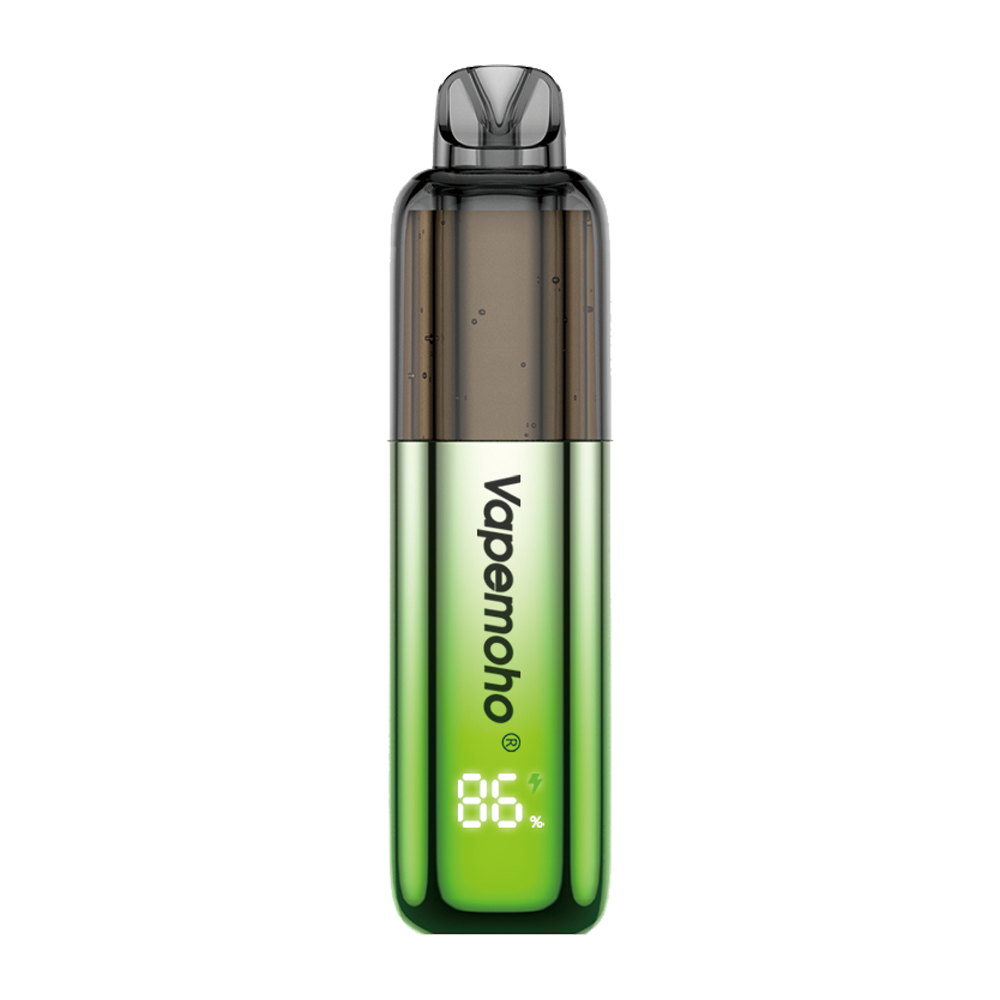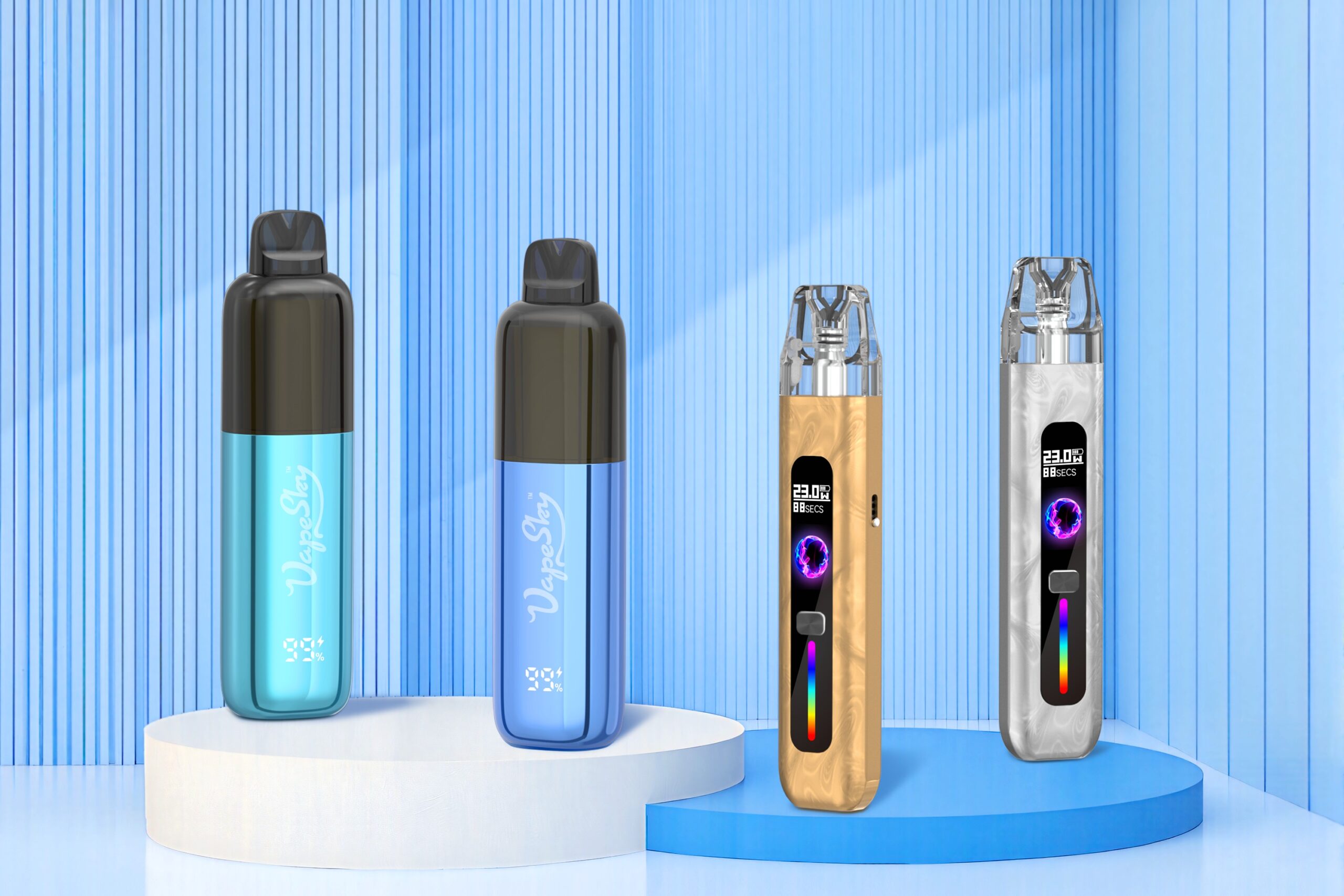10 Key Questions to Ask When Choosing a Chinese E-Cig OEM Factory
Whether you’re launching a new brand or scaling up production, choosing a reliable Chinese E-Cig OEM Factory is critical to your business success. The right partner ensures product quality, regulatory compliance, and on-time delivery, while the wrong one can lead to costly delays, safety issues, or market rejection. To streamline your selection process, below are 10 key questions to ask every potential factory, along with insights into what their answers reveal about their capabilities.
1. What International and Domestic Certifications Do You Hold?
E-cig products are heavily regulated worldwide, so certifications are non-negotiable. A qualified Chinese E-Cig OEM Factory should hold authoritative certifications such as FDA (U.S.), CE (EU), GMP (Good Manufacturing Practice), and China’s national standard GB 41700-2022 for e-cigarettes.
Avoid factories that only provide “certificate templates” or vague promises—ask for physical copies or verifiable links to certification bodies. These certifications prove the factory adheres to strict quality and safety protocols, reducing your risk of non-compliance in target markets.
2. What Is Your Monthly Production Capacity, and How Do You Handle Order Fluctuations?
Mismatched production capacity is a common pitfall. If a factory can only produce 50,000 units monthly but your order requires 100,000, you will face delivery delays. Ask for specific figures, such as: “How many pod systems or disposable e-cigs can you manufacture per month?”
Additionally, inquire about flexibility—can they ramp up production by 30% within 2 weeks if demand surges? Factories with redundant production lines and a stable workforce are better equipped to adapt to your business growth.
3. Can You Walk Me Through Your Quality Control (QC) Process?
Quality issues (e.g., leaking pods, faulty batteries) can ruin your brand reputation. A robust QC process should cover every stage of production:
- Raw material inspection (e.g., verifying battery safety and e-liquid ingredients);
- In-line testing during production (e.g., voltage checks);
- Final sampling inspection (typically 1-5% of each batch).
Ask if the factory has an in-house lab for performance and safety tests (e.g., drop tests, temperature resistance). If a factory only says “we check products before shipping,” press for details—vague answers indicate a weak QC system.
4. Do You Have a Dedicated R&D Team, and Can You Support Customization?
In the competitive e-cig market, customization (e.g., unique designs, adjustable airflow, proprietary flavors) is key to brand differentiation. Ask if the factory has an in-house team of engineers and designers, and how many custom projects they have completed in the past year. For example: “Can you modify the battery life of this pod system or create a custom shell color?”
Also, check if the factory holds patents—this is a strong indicator of innovation capability. Avoid factories that only offer off-the-shelf products, as they will limit your brand’s uniqueness.
5. Who Are Your Key Suppliers, and How Do You Ensure Raw Material Quality?
A factory is only as good as its suppliers. Ask for the names of their battery, e-liquid, and chipset suppliers—reputable brands (e.g., Samsung for batteries) demonstrate a commitment to quality.
Additionally, inquire about their supplier audit process: Do they conduct regular site visits to suppliers, or test raw materials upon delivery? If a factory refuses to share supplier information, it may be cutting corners with low-quality components to reduce costs—this risks product failures and safety hazards.
6. Can You Provide References from Clients in My Target Market?
Client references are a powerful way to verify a factory’s claims. Request 2-3 contacts of clients who sell in your target region (e.g., Europe, North America) and produce similar products. When speaking to references, ask:
- “Did the factory meet delivery deadlines?”
- “Were there quality issues, and how did they resolve them?”
- “Did they assist with regulatory compliance?”
If a factory says “we cannot share client information,” it may be hiding poor performance or a lack of experience in your target market.
7. How Do You Stay Updated on Evolving E-Cig Regulations?
E-cig regulations change rapidly—for example, updates to the EU’s Tobacco Products Directive (TPD 2) or China’s ban on flavored e-cigs for general sale. A competent factory should have a dedicated team that tracks regulatory changes and adjusts production accordingly.
Ask: “How do you inform clients about new regulatory requirements?” “Have you ever had to modify a product to meet new rules, and what was that process like?” A factory caught off guard by regulatory changes will put your products at risk of being banned or recalled.
8. What Are Your Lead Times for Samples and Mass Production?
Lead times directly impact your time-to-market. A reasonable timeline is 7-14 days for samples and 3-4 weeks for mass production (depending on order size). Request a written timeline that includes design approval, sampling, and production—this avoids misunderstandings later.
Also, ask about rush orders: “Can you prioritize my order if I need to launch before a holiday?” Be wary of factories that promise “3-day samples” or “1-week production”—they may sacrifice quality to meet unrealistic deadlines.
9. What After-Sales Support Do You Offer?
Even the best factories may encounter post-delivery issues (e.g., a batch with minor defects). Ask:
- “What is your return or replacement policy for defective products?”
- “How quickly do you respond to after-sales inquiries?”
- “Do you provide technical support if my customers experience product issues?”
Factories that ignore after-sales requests will leave you to handle customer complaints alone, damaging your brand loyalty. Look for factories that offer clear warranties (e.g., 3 months for manufacturing defects) and a dedicated after-sales team.
10. What Is Your Pricing Model, and Are There Any Hidden Costs?
Pricing matters, but never choose a factory solely based on low costs—cheap products often mean poor quality. Ask for a detailed quote that breaks down costs (e.g., materials, labor, packaging).
Also, clarify hidden costs: “Do you charge extra for design revisions or rush orders?” “Are shipping and customs fees included?” A transparent factory will provide a comprehensive quote upfront, helping you avoid unexpected budget overruns.
By asking these 10 questions, you will gain a clear understanding of a factory’s capabilities, reliability, and alignment with your business needs. Take the time to verify answers—visit the factory if possible, confirm certifications, and speak to references. The right Chinese E-Cig OEM Factory is more than just a supplier; it is a long-term partner that will help your brand thrive in the global market.

